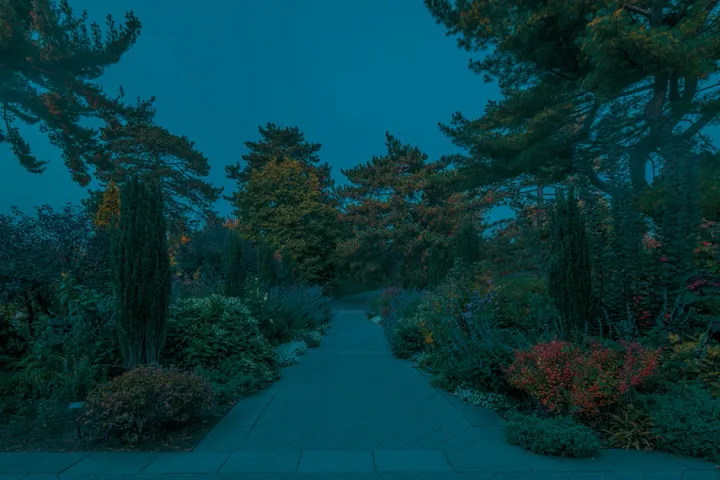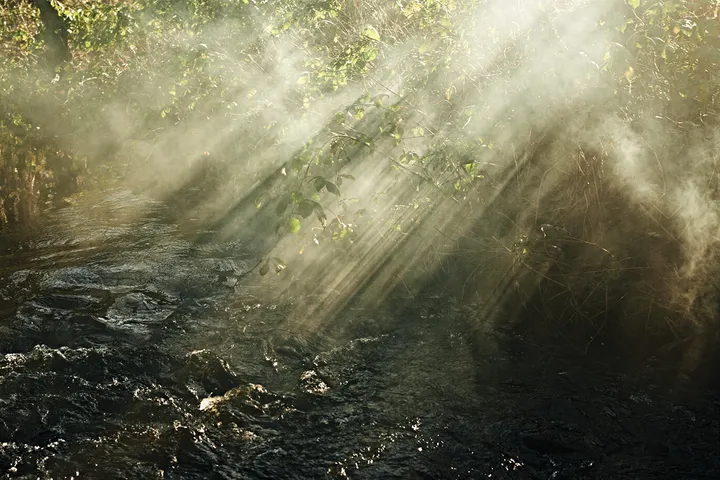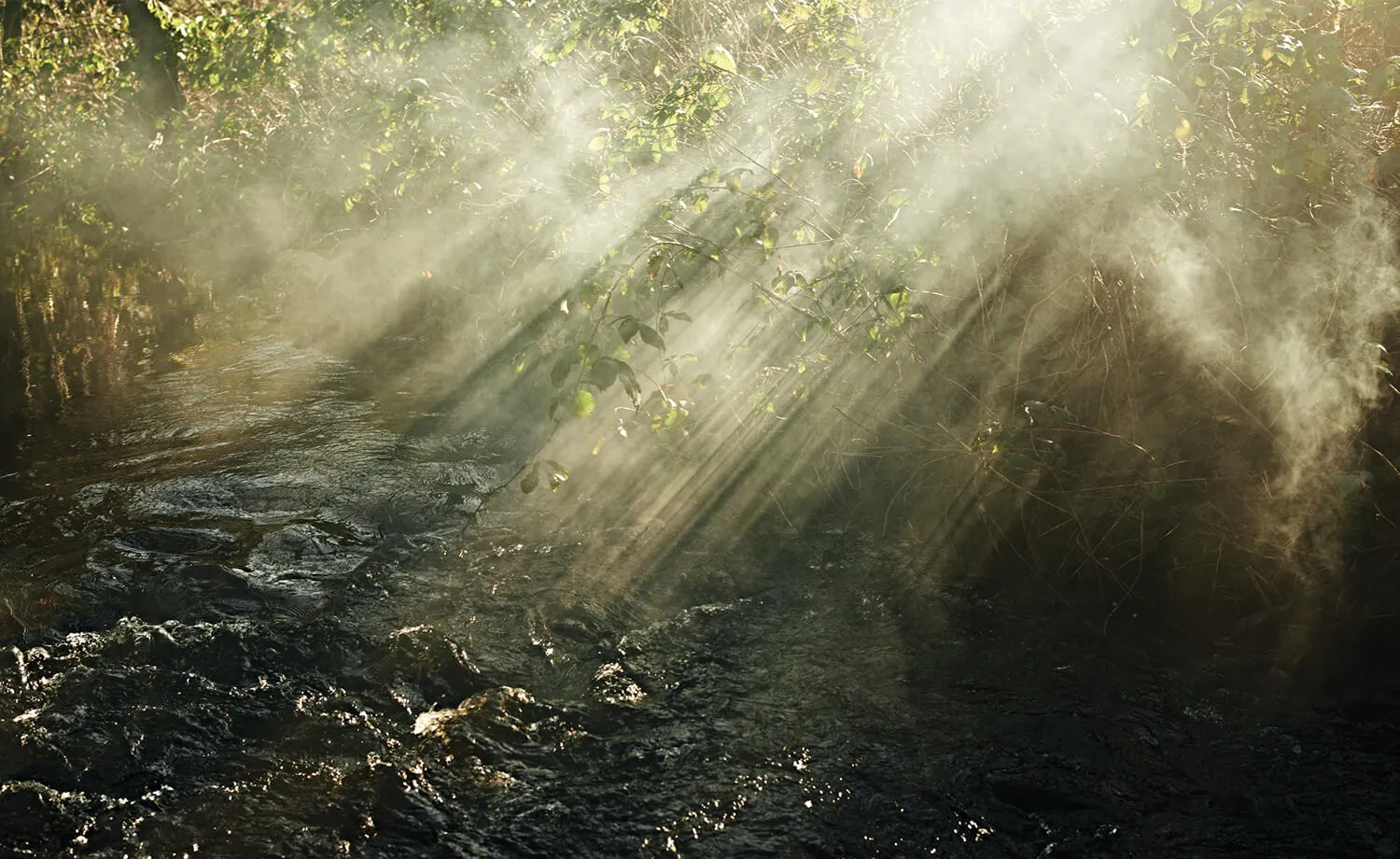Let’s not do a Good Friday service. It’s too somber,” a church leader told me once. “Easter is about the resurrection. It’s about rejoicing.”
Another leader once told me the opposite about Easter, “It’s way too festive. Can’t we contemplate the cross a little bit more?”

These are both good sentiments, which, perhaps, taken together reflect the tension found in the biblical accounts of the passion and resurrection . We detect, in the language of not only the gospel writers but also the disciples, a kind of fearful longing. Even after Jesus rose from the dead and appeared, with His physical scars, before them in that upper room, the disciples revealed a mix of joy and melancholy. That should also be true of us during the Easter season.
We should mourn because we feel the weight of sin’s curse upon our innocent Lord. Like Jesus at the funeral of His friend Lazarus, we should not hesitate to weep and be angry over the fruit of sin’s corruption and how it weaves its way through the human experience. Too often, at Christian funerals, we dismiss grief and pivot to how happy our departed saints are in heaven. But Jesus wept at death. And Paul saw death as our last and powerful enemy (1 Cor. 15:26; Heb. 2:15). So on Easter, on Good Friday, let’s mourn.
And yet Easter is a time of great rejoicing. Sin’s cold curse has been lifted; Christ has defeated death and Satan. Because Jesus rose, body and soul, we also will rise, body and soul. The long winter of earth’s corruption is giving way, slowly, to re-creation and renewal. This is why I’m glad that, at least in my corner of the planet, Easter is in springtime. Spring reminds us that after a long and dreary winter season, there is new life on the horizon. The flowers begin to bloom, the trees come into their full color, and the skies are much brighter. There is an anticipation and a longing that seem to reflect the anticipation and longing of God’s renewal of the world in Christ.
The resurrection reminds us that sin, death, and the grave are not permanent realities, even for those of God’s people who suffer in unimaginable ways.
It occurs to me that some of us are, by nature, Good Friday people. Reflective. Somber. Morose. And some of us are Easter Sunday people: optimistic, joyful, hopeful. The church of Jesus Christ needs both kinds. But more than that, each of us needs a bit of that Good Friday/Easter Sunday tension to exist in our own heart.
This tension is why our Sunday worship should include` triumph and lament. Most weeks we walk into church carrying a little of both—some lingering burdens of sadness, but also pockets of Christian joy. And this is also the way we might live out and communicate the gospel message in our families and communities. We need to resist the impulse to put a happy spin on the deep corruption we see all around us, the vexing problems facing our loved ones and the world. At the same time, we don’t “grieve like people who have no hope,” as the apostle Paul reminds us in his word to bereaved believers at Thessalonica (1 Thess. 4:13).
Our gospel hope gives us tools to live in the already-but-not-yet reality of this life. The cross reminds us of the nature of evil as well as the sacrifice of our Savior, who endured God’s wrath on our behalf. But the resurrection reminds us that sin, death, and the grave are not permanent realities, even for those of God’s people who suffer in unimaginable ways. Easter—with both its haunting reality of crucifixion and its springtime hope—reminds us that salvation is here in Christ and also on the way when His kingdom returns in full.
So this season, as you ponder the events of Holy Week, allow yourself to be consumed by the mourning of Good Friday. Pray, cry, ponder. Linger long at the image of your Savior on the tree. But also rejoice at a sovereign God who, before the foundation of the world, orchestrated the grand gospel narrative that folds your story into His. Rise up in joy at Easter’s re-creation of what was once marred by sin. Soak in the wonder of Jesus’ bodily resurrection.
As the writer of Ecclesiastes says, there is a time to mourn and a time to laugh (Eccl. 3:4). And at Easter, those times are one and the same.
Art by Jeff Gregory





